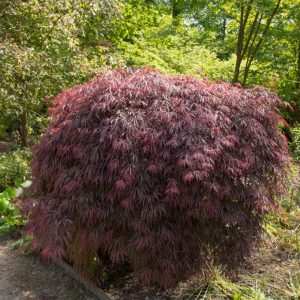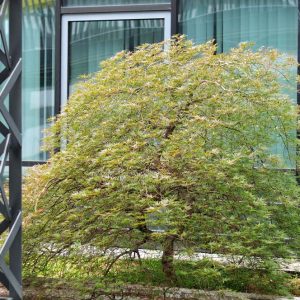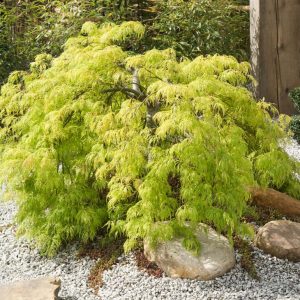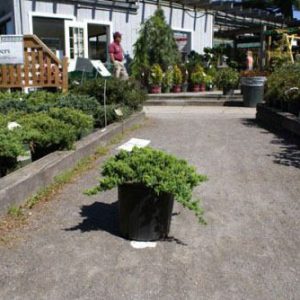Description
Leymus – European Dune Grass – Wild Rye –
There are about 40 species of rhizomatous, perennial grasses, formerly included in Elymus, in this genus. They occur mainly in grassland in temperate Northern Hemisphere, with one species from Argentina. They have linear, flat or rolled, stiff, glaucous leaves, and bear narrowly linear racemes of usually paired, sometimes solitary spikelets in summer. The ornamental species are grown for the architectural value of their blue-green leaves, although invasive, they are also suitable for a mixed or herbaceous border.
Grow in moderately fertile but not heavy, well drained soil in full sun or part shade. Cut down in autumn. Divide in mid spring.
Prone to ergot, root rot, ands leaf spot.
L. racemosus ‘Glaucus’ – Elymus racemosus ‘Glaucus’ – L. giganteus ‘Glaucus’ – This rhizomatous grass grows 30″ inches tall and at least 30″ wide. It produces erect or arching, broadly linear, flat, clear, pale blue-green leaves, to 12″ long, rough textured above, smooth beneath. Throughout summer, stiff upright stems bear spike like racemes, to 14″ long, of flattened, softly hairy, initially bluish green, later buff spikelets, in clusters of 6.
Zones 4-9





